The Deutsche Forschungsgemeinschaft (abbreviated DFG, German Research Foundation in English) and the Japan Science and Technology Agency ( JST) are launching the research project 'Quantum Computing in isotopically Engineered Diamond' aiming to novel logic devices potentially enabling faster computing and unconditionally secure communications.
Feb 8th, 2010
Read more
Last November, the Australian Secretary for Health released a public discussion paper inviting consultations on a Government proposal to strengthen regulation of industrial nanomaterials use in Australia. The deadline for submissions regarding the discussion paper is 5pm this Friday, February 12.
Feb 8th, 2010
Read more
A world-renowned medical researcher discusses the key role that nanotechnology has begun to play in the detection and treatment of cancer in an article that will appear in the March 2010 edition of Mechanical Engineering magazine.
Feb 6th, 2010
Read more
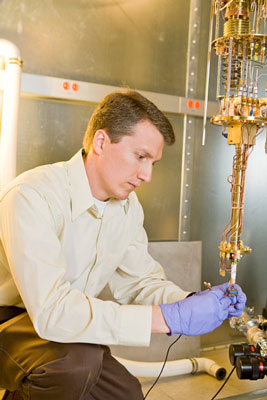 A major hurdle in the ambitious quest to design and construct a radically new kind of quantum computer has been finding a way to manipulate the single electrons that very likely will constitute the new machines' processing components or qubits. Princeton University's Jason Petta has discovered how to do just that.
A major hurdle in the ambitious quest to design and construct a radically new kind of quantum computer has been finding a way to manipulate the single electrons that very likely will constitute the new machines' processing components or qubits. Princeton University's Jason Petta has discovered how to do just that.
Feb 5th, 2010
Read more
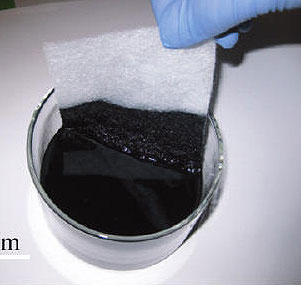 Stanford researchers have moved from making batteries from paper to making batteries from cloth. Your-T-shirt could become a lighted, moving display.
Stanford researchers have moved from making batteries from paper to making batteries from cloth. Your-T-shirt could become a lighted, moving display.
Feb 5th, 2010
Read more
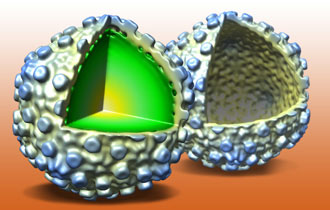 For the first time, Carnegie Mellon University physicist Alex Evilevitch has directly measured the energy associated with the expulsion of viral DNA, a pivotal discovery toward fully understanding the physical mechanisms that control viral infection and designing drugs to interfere with the process.
For the first time, Carnegie Mellon University physicist Alex Evilevitch has directly measured the energy associated with the expulsion of viral DNA, a pivotal discovery toward fully understanding the physical mechanisms that control viral infection and designing drugs to interfere with the process.
Feb 5th, 2010
Read more
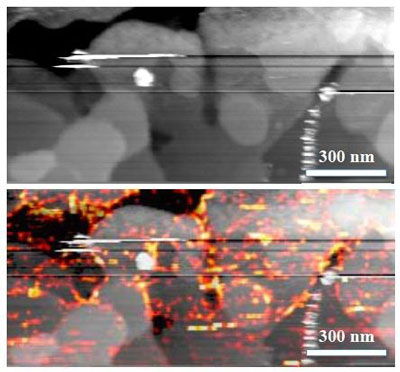 Scientists have developed a near-field microscope that can measure the optical properties of e. g. semiconductor thin films with a spatial resolution and sensitivity long thought unachievable due to fundamental physical laws.
Scientists have developed a near-field microscope that can measure the optical properties of e. g. semiconductor thin films with a spatial resolution and sensitivity long thought unachievable due to fundamental physical laws.
Feb 5th, 2010
Read more
In a just-published paper in the magazine Science, IBM researchers demonstrated a radio-frequency graphene transistor with the highest cut-off frequency achieved so far for any graphene device - 100 billion cycles/second (100 GigaHertz).
Feb 5th, 2010
Read more
With the use of the new super material graphene, Swedish and American researchers have succeeded in producing a new type of lighting component. It is inexpensive to produce and can be fully recycled.
Feb 5th, 2010
Read more
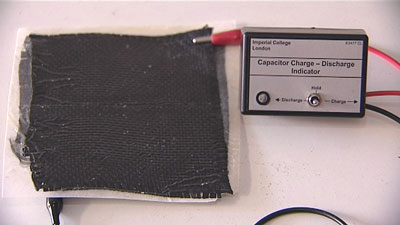 Scientists develop new composite material that could revolutionise car design and manufacturing.
Scientists develop new composite material that could revolutionise car design and manufacturing.
Feb 5th, 2010
Read more
Researchers have come up with a new method enabling the generation of ultrafast flashes of light in very high intensity in rapid succession, as they are needed for the creation of entangled photons. Aside from the quantum computer as a long-term goal, new possibilities in different areas of application are opening up, for instance optical spectroscopy.
Feb 5th, 2010
Read more
An automated, continuous and repeatable process would realize cost-efficient separation.
Feb 5th, 2010
Read more
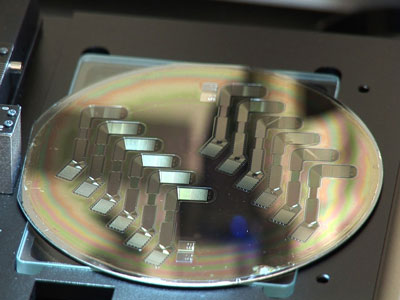 Scientists and engineers at Lawrence Livermore National Laboratory are now developing the electronics for a third-generation artificial retina as part of the U.S. Department of Energy (DOE) project to produce an 'epiretinal prosthesis' that could restore vision to millions of people around the world suffering from eye diseases.
Scientists and engineers at Lawrence Livermore National Laboratory are now developing the electronics for a third-generation artificial retina as part of the U.S. Department of Energy (DOE) project to produce an 'epiretinal prosthesis' that could restore vision to millions of people around the world suffering from eye diseases.
Feb 5th, 2010
Read more
At next week's International Solid State Circuit Conference, imec and Holst Centre present their newest breakthroughs in ultra-low power design for wireless communications and wireless sensor networks, 3D design and in organic electronics with an impressive number of contributions including 10 reviewed publications and 6 contributions to tutorials and workshops.
Feb 5th, 2010
Read more
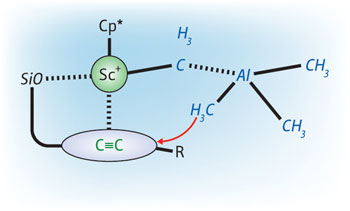 A finely tuned rare-earth metal catalyzes the exact interactions needed for site-selective molecular synthesis.
A finely tuned rare-earth metal catalyzes the exact interactions needed for site-selective molecular synthesis.
Feb 5th, 2010
Read more
NanoTecNexus announces a new series of business and scientific webinars intended for industry, investment, research, and academic communities. Topics include strategies in funding, regulatory safety, R+D, and commercialization of applications.
Feb 4th, 2010
Read more








 Subscribe to our Nanotechnology News feed
Subscribe to our Nanotechnology News feed